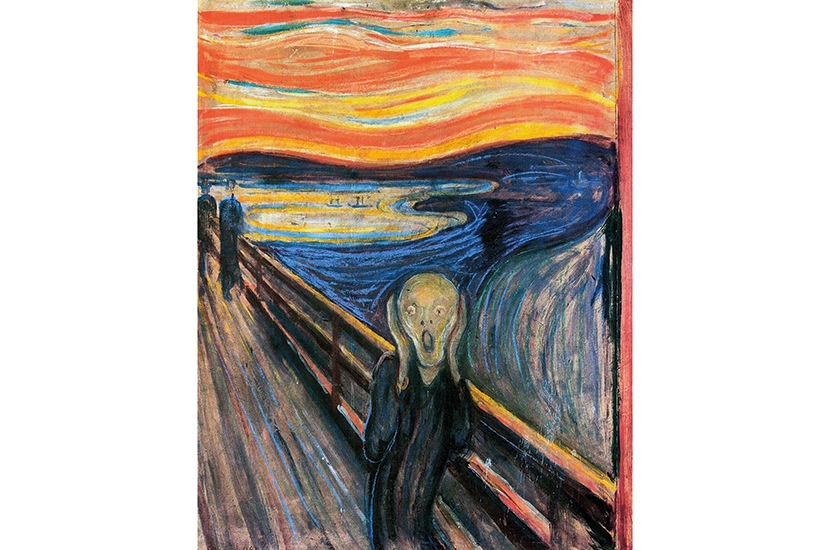A cartoon caption is a work of art. It is a sitcom in miniature — but whereas a situation comedy might take half an hour to reach its punchline, a cartoon caption has to do so in seconds. Cartoonists toil endlessly, revising and rephrasing, to perfect a caption. There are rules. The funniest word has to appear at the end. The caption has to be a balance between anticipation and delivery. The line has to be succinct and the rhythm has to be right — clumsy phrasing can ruin an otherwise strong comic idea.
In 2006 a blogger called Charles Lavoie wrote that every New Yorker cartoon could be captioned ‘Christ, what an asshole!’ — a concise take on Jean-Paul Sartre’s view that ‘Hell is other people’. It was, he believed, the perfect all-purpose caption. It might be applied to many cartoon classics — such as Thurber’s fencing man slicing off his opponent’s head (original caption: ‘Touché!’) or the legendary Mankoff cartoon of the businessman on the phone saying: ‘No, Thursday’s out. How about never — is never good for you?’ When applied to political cartoons it might appear less of a joke, and more a statement of fact, but it works nonetheless.
Some time later, an artist called Cory Arcangel suggested an alternative universal caption: ‘What a misunderstanding!’ This prompted much discussion among toonophiles. Not to be outdone, a designer called Frank Chimero came up with another, after giving it ‘12 seconds of thought’: ‘Hi. I’d like to add you to my professional network on LinkedIn.’ And, ‘like any thought that takes 12 seconds to think, I put it on Twitter’. It went viral and Chimero was hailed as a genius by Time magazine. ‘Everyone was apparently very bored at work that day,’ says Chimero. In a meta-metamorphosis, the caption even ended up in print as an actual caption to a cartoon in the New Yorker.







Comments
Join the debate for just £1 a month
Be part of the conversation with other Spectator readers by getting your first three months for £3.
UNLOCK ACCESS Just £1 a monthAlready a subscriber? Log in